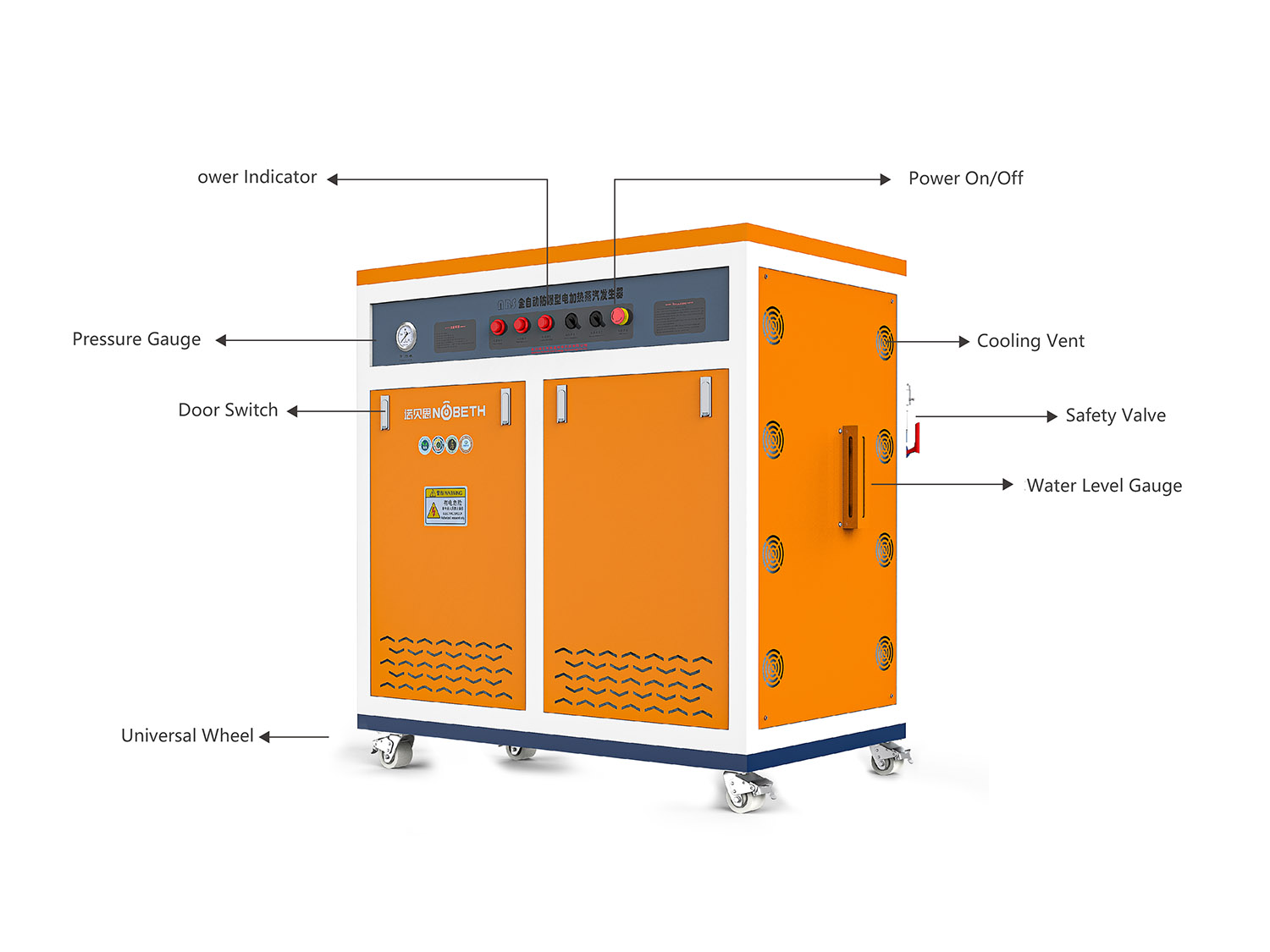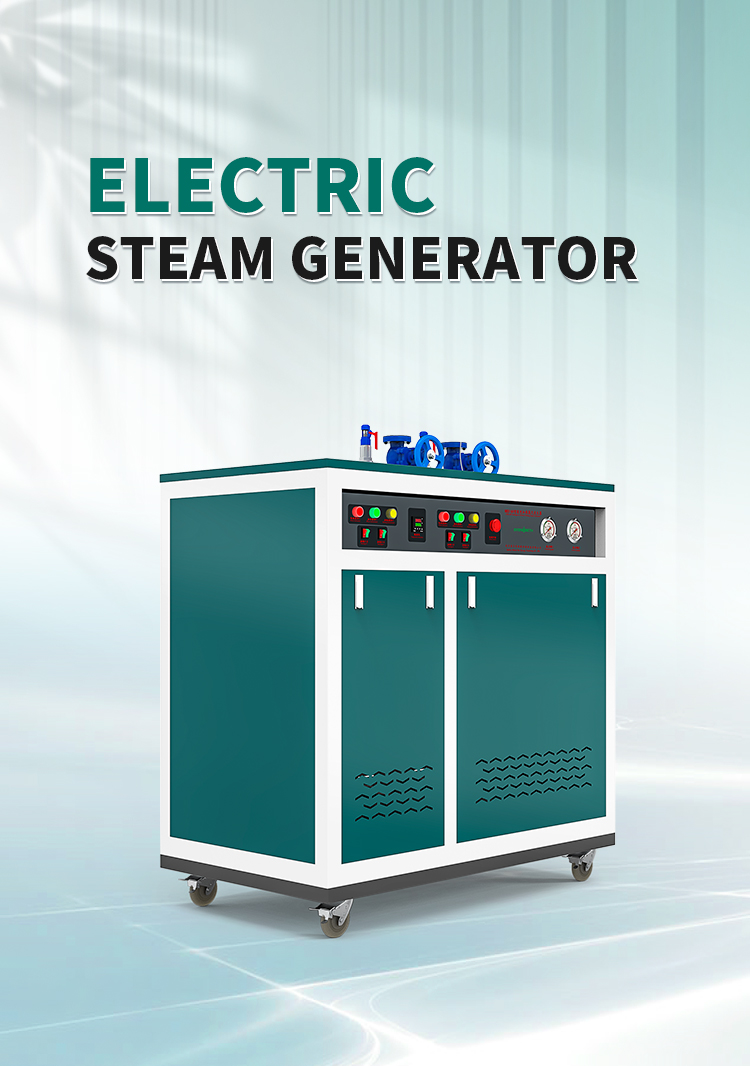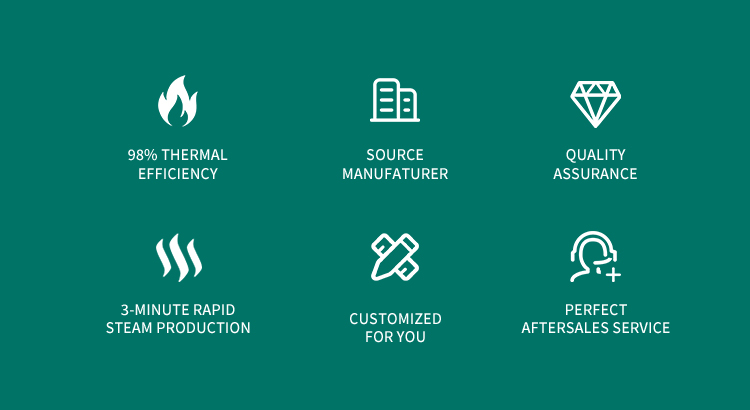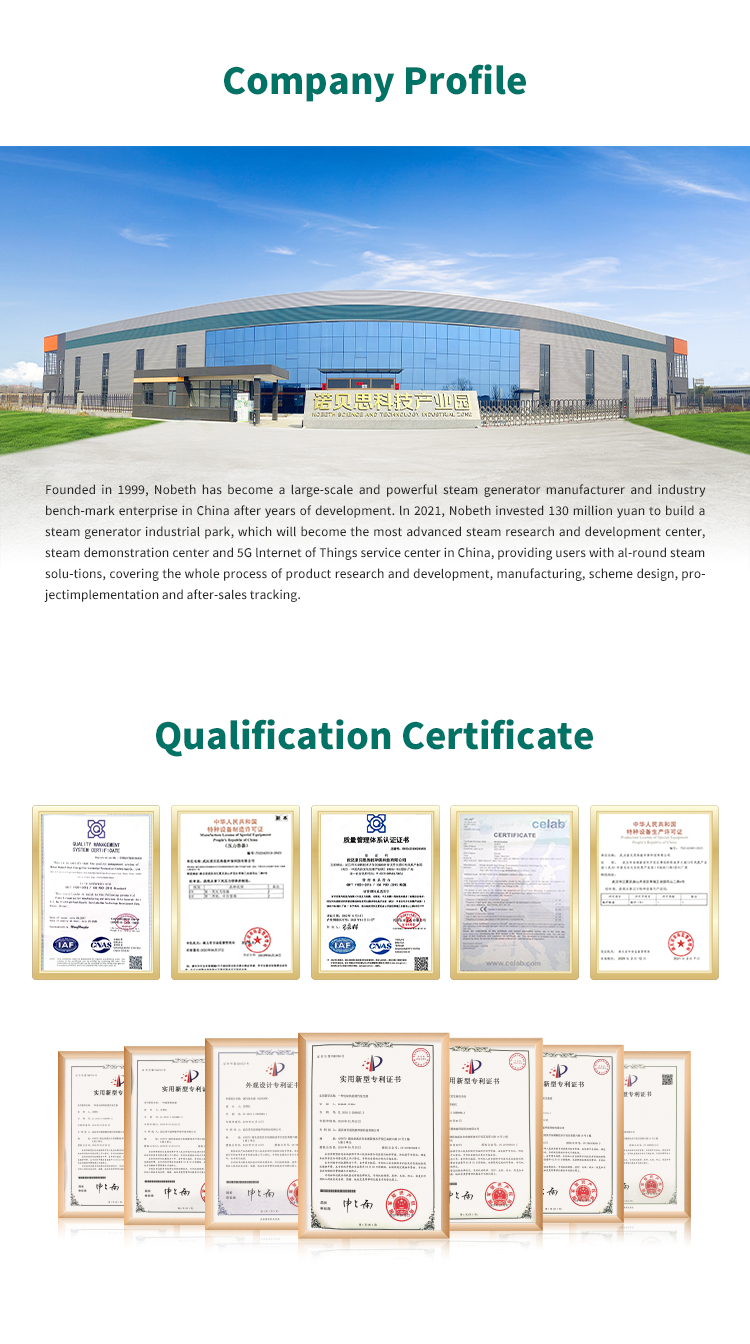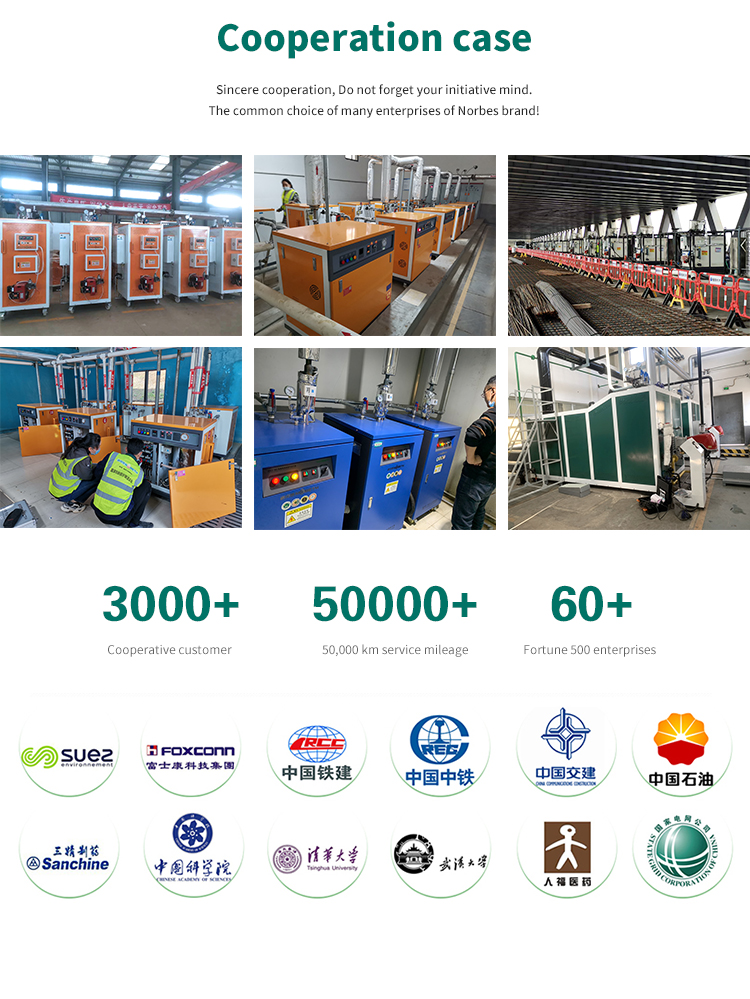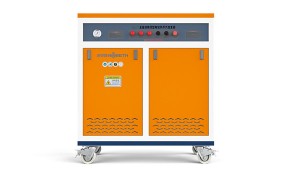
720kw Industrial Steam Boiler
The parameters we know are: sewage discharge volume, boiler operating pressure, under normal circumstances, the downstream pressure of sewage discharge equipment is less than 0.5barg. Using these parameters, the orifice size to do the job can be calculated.
Another issue that must be addressed when selecting blowdown control equipment is controlling pressure drop. The temperature of the water discharged from the boiler is the saturation temperature, and the pressure drop through the orifice is close to the pressure in the boiler, which means that a considerable part of the water will flash into secondary steam, and its volume will increase by 1000 times. Steam moves faster than water, and since there is not enough time for the steam and water to separate, the water droplets will be forced to move with the steam at high speed, causing erosion to the orifice plate, which is usually called wire drawing. The result is a larger orifice, which expels more water, and wastes energy. The higher the pressure, the more obvious the problem of secondary steam.
Since the TDS value is detected at intervals, in order to ensure that the TDS value of boiler water between two detection times is lower than our control target value, the opening of the valve or the aperture of the orifice must be increased to exceed the maximum evaporation of the boiler amount of sewage discharged.
The national standard GB1576-2001 stipulates that there is a corresponding relationship between the salt content (dissolved solid concentration) of boiler water and the electrical conductivity. At 25°C, the conductivity of the neutralization furnace water is 0.7 times the TDS (salt content) of the furnace water. So we can control the TDS value by controlling the conductivity. Through the control of the controller, the drain valve can be opened regularly to flush the pipeline so that the boiler water flows through the TDS sensor, and then the conductivity signal detected by the TDS sensor is input to the TDS controller and compared with the TDS controller. Set the TDS value after calculation, if it is higher than the set value, open the TDS control valve for blowdown, and close the valve until the detected boiler water TDS (salt content) is lower than the set value.
In order to avoid blowdown waste, especially when the boiler is in standby or low load, the interval between each flushing is automatically correlated with the steam load by detecting the boiler burning time. If below the set point, the blowdown valve will close after the flush time and remain so until the next flush.
Because the automatic TDS control system has a short time to detect the TDS value of the furnace water and the control is accurate, the average TDS value of the furnace water can be close to the maximum allowable value. This not only avoids steam entrainment and foaming due to high TDS concentration, but also minimizes boiler blowdown and saves energy.
Products categories
-

E-mail
-

Phone
-

WhatsApp
-

Top


